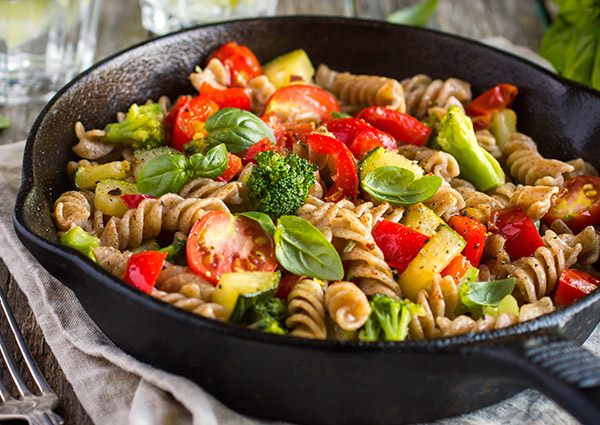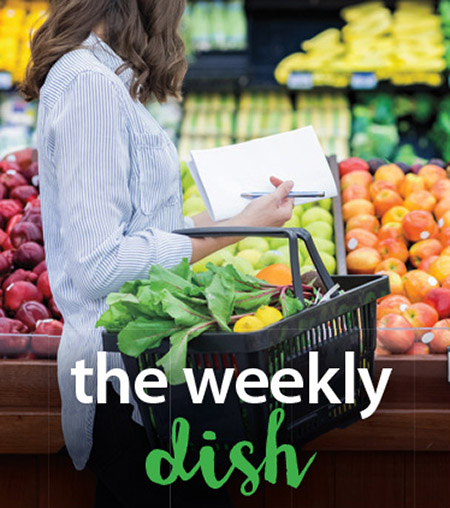
How to Feel Full on a Plant-Based Diet
One of the myths associated with moving to a more plant-based diet is that you’ll always be hungry because plants aren’t filling. This is not true! Since plant-based foods are often fiber-rich, they may even help you feel fuller longer, leading to weight loss for some people.
If you’re beginning a plant-based diet and your stomach is perpetually growling, you may be skimping on the wrong foods. Or maybe some other eating habits are sabotaging your efforts.
Try these tips for staying satiated on a plant-based diet!
Develop a meal plan. By thinking ahead and having everything you need on hand, you’re less likely to grab the easiest thing in your fridge, which may be a quick fix that leaves you hungry for more.
Eat whole foods. This means whole grains, fresh fruits and vegetables, and frozen, canned or bagged unprocessed or minimally processed foods.
Eat multiple food groups at once. This ensures you are getting the nutrients you need throughout the day. Plus, many nutrients work best when eaten together, so loading up on just one type at a time may rob you of some of the foods’ benefits.
Make dried fruits a part of your routine. These naturally sweet bites are surprisingly full of fiber, meaning they’ll fill you up, plus they are known to help with bone density. And best of all, they are easy to take along for a quick snack.
Enjoy your citrus! Citrus fruits are chock full of vitamin C, you probably know, but they’re also fiber-rich, filling and help your body process the iron you are eating.
Make all your bread and cereals whole grain. When you do this, you keep that refined flour and preservative-laden food out of your system and bring in good-for-you grains that are full of fiber. That means a much more filling meal.
Nuts and seeds are easy additions to keep you satisfied. These little powerhouses provide protein, omega-3s and other nutrients and can be eaten by the handful, sprinkled on casseroles, added to sandwiches, salads or breakfast bowls. Great options include walnuts, chia seeds, pumpkin seeds or almonds – and that’s just a sample!
Carbs are not your enemy. Just make sure they’re minimally processed. (So more like a baked potato and less like a bag of potato chips.)
Watch your salt intake. Sodium causes bloating and will make you feel too full to eat good food, which will leave you hungry later.
Drink up! Make sure you’re not just thirsty when you think you’re hungry. Drink plenty of water, infused with fruit, herbs or splashes of citrus. Also consider making tea, particularly green or hibiscus, part of your daily routine.
Finally, make sure you are actually hungry. By paying attention to your eating patterns, you may find that you are really just bored, antsy, unhappy or stressed. Find something to keep your hands busy while watching TV, or call a friend if you’re lonely. Address your actual cravings instead of eating as a substitute for what you need.




